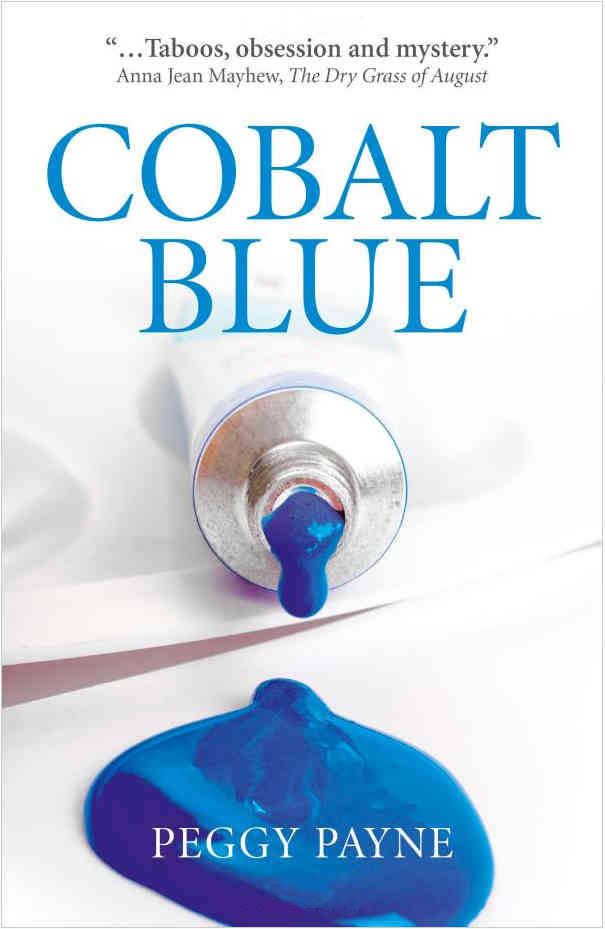This complex post is for those of us who think we know it all and often behave as if we do – including psychotherapists and thinkers about psychotherapy. Â It’s especially intended for those who have strong awareness of their own emotions, but little and/or discounted awareness of other’s emotions – this wider focus is necessary for empathy and deep, lasting relational connectedness. Â The linguistic information in this post may be interesting, even intriguing, but my intent is to remind us of all we Don’t know. Â And hopefully access forbearance, in place of limited focus, primarily on our own inner feelings and intuition in interpersonal relationships.
My way of understanding people and doing therapy rely heavily on my inner focus [1] on both my own feelings and intuition about the Other’s inner state. Â I’m flat out wrong more than half the time – I’m able to stay closely connected with clients only when I remember two things:
1} Â that my inner, separate reality is not the client’s inner reality, and
2}  to check my intuition by focused [2] inquiry into Their inner, separate reality.  The  third [3] focus necessary for helping clients is awareness of the wider community reality, and of the potential consequences and future implications of our choices in this wider system.
“The English alphabet, as you likely know, is made up of 26 letters.  But it wasn’t always that way.
Before we get to which letters were late additions, let’s explain a bit about Old English. English was first written in the Anglo-Saxon futhorc runic alphabet, also known as Anglo-Saxon. The Angles and Saxons came from Germany and settled in Britain in the fifth century. The region they inhabited became known as “Angle-land,†or “England.â€
Eventually, Christian missionaries introduced the Latin alphabet, which ultimately replaced Anglo-Saxon. But for some time, the alphabet included the letters of the Latin alphabet, some symbols (like the ampersand), and some letters of Old English.
As Modern English evolved, the Old English letters were dropped or replaced.
(Our trusty alphabet isn’t the only part of language that has changed — October used to be the eighth month, and September the seventh. What happened? Find out here.)
Here’s an example: In Old English, a letter called “thorn†represented the “th†sound (as in “thatâ€) in Modern English. In the Latin alphabet, the “y†was the symbol that most closely resembled the character that represented thorn. So, thorn was dropped and “y†took its place. (But is “yâ€Â a vowel or a consonant? We explore the dilemma here.)
That is why the word “ye,†as in “Ye Olde Booke Shoppe,†is an archaic spelling of “the.â€
The Old English letter “wynn†was replaced by “uu,†which eventually developed into the modern w. (It really is a double u.)
The letters “u†and “j†didn’t join what we know as the alphabet until the sixteenth century.”  from dictionery.com
The more we learn, the more we realize we don’t know, and that’s sure true about me.
Dr Bob

